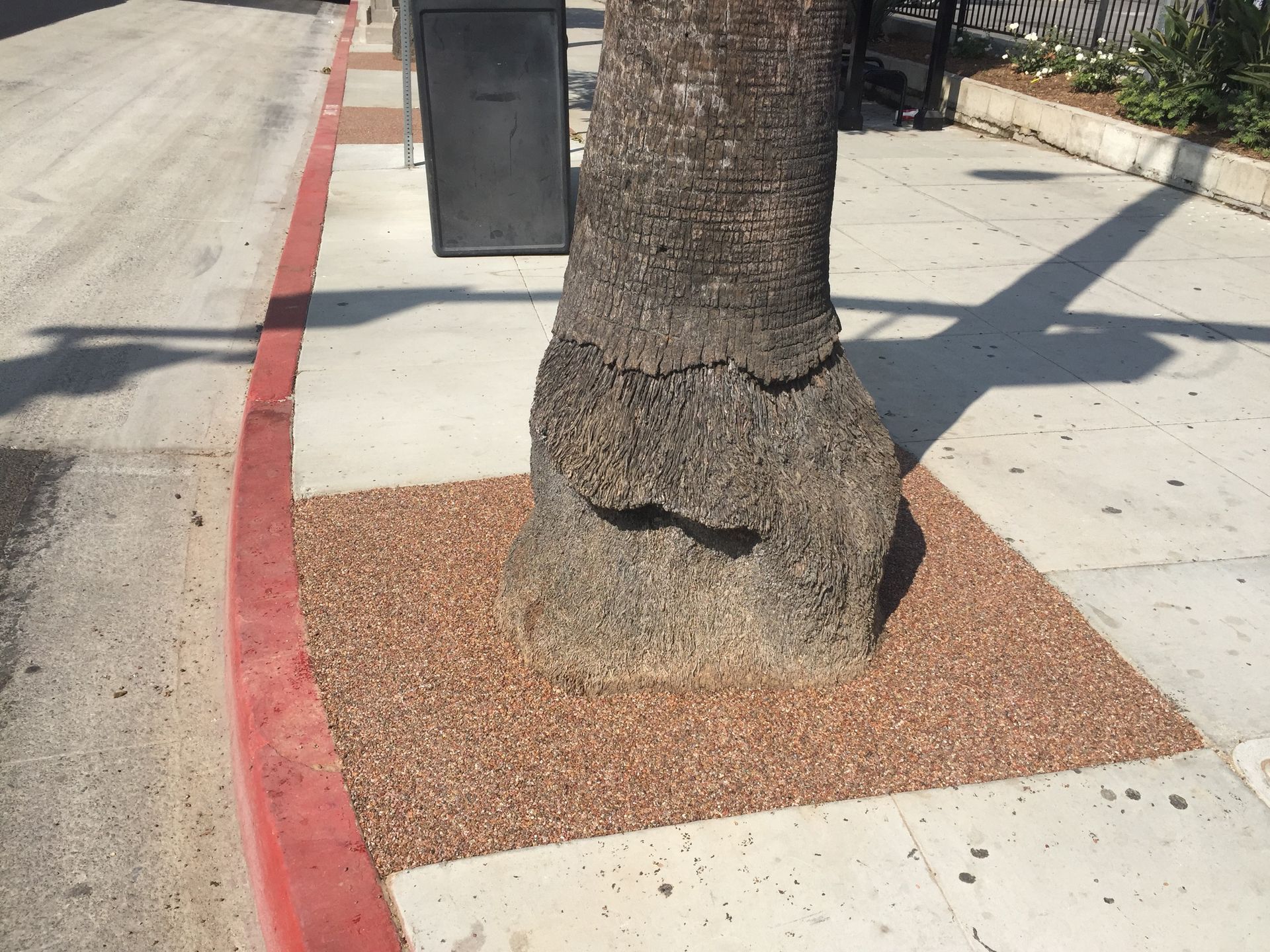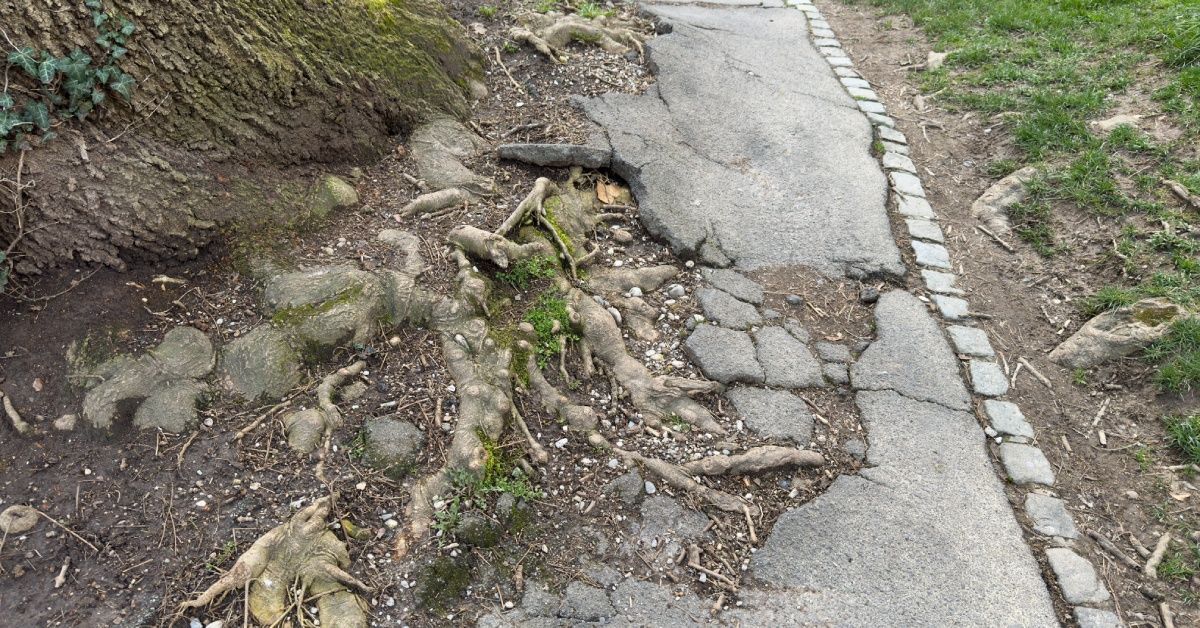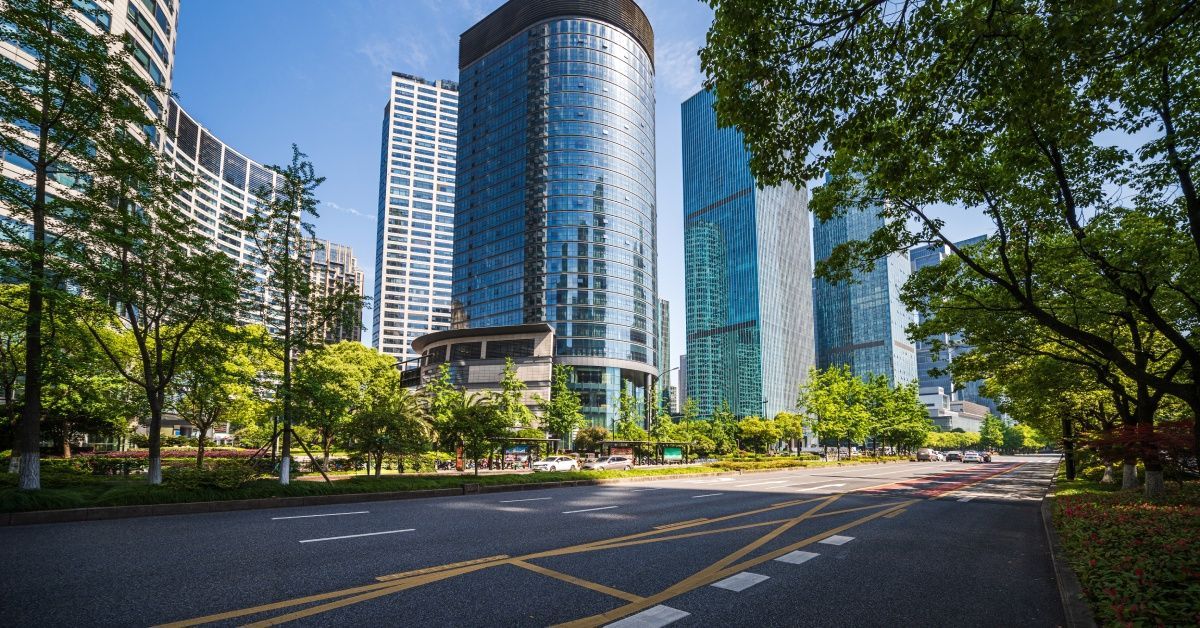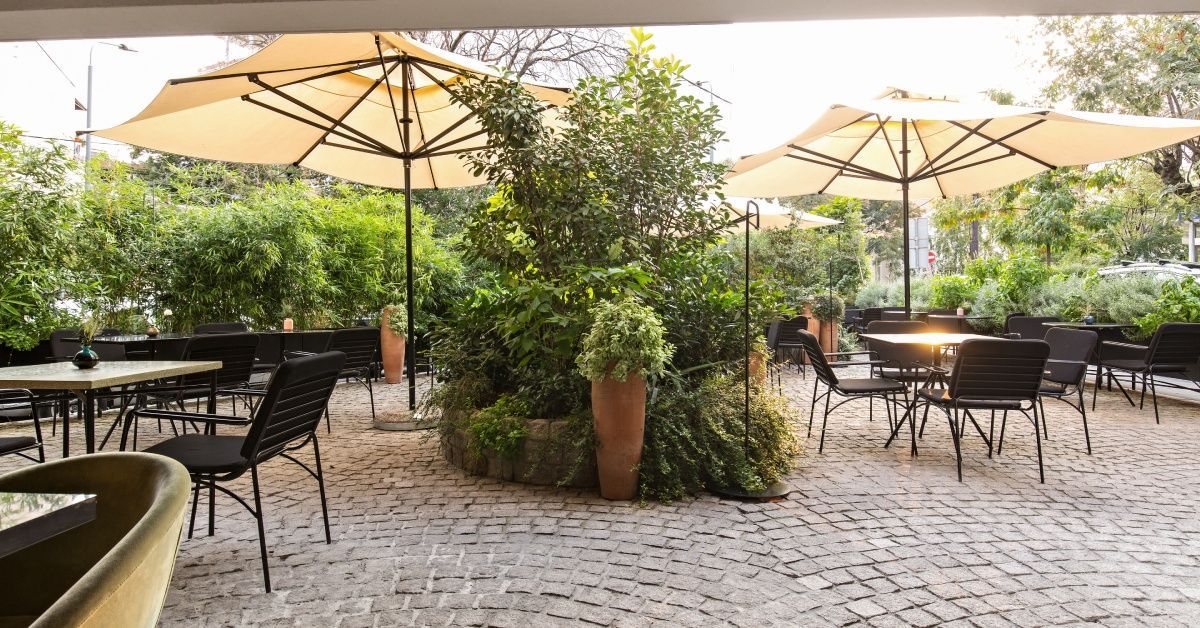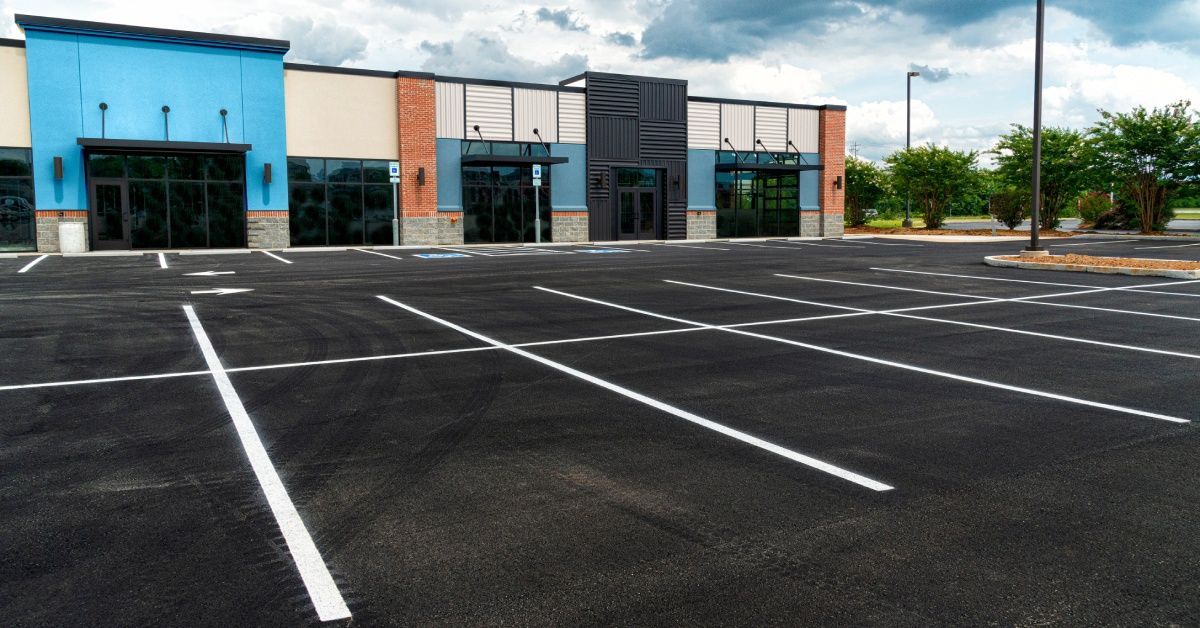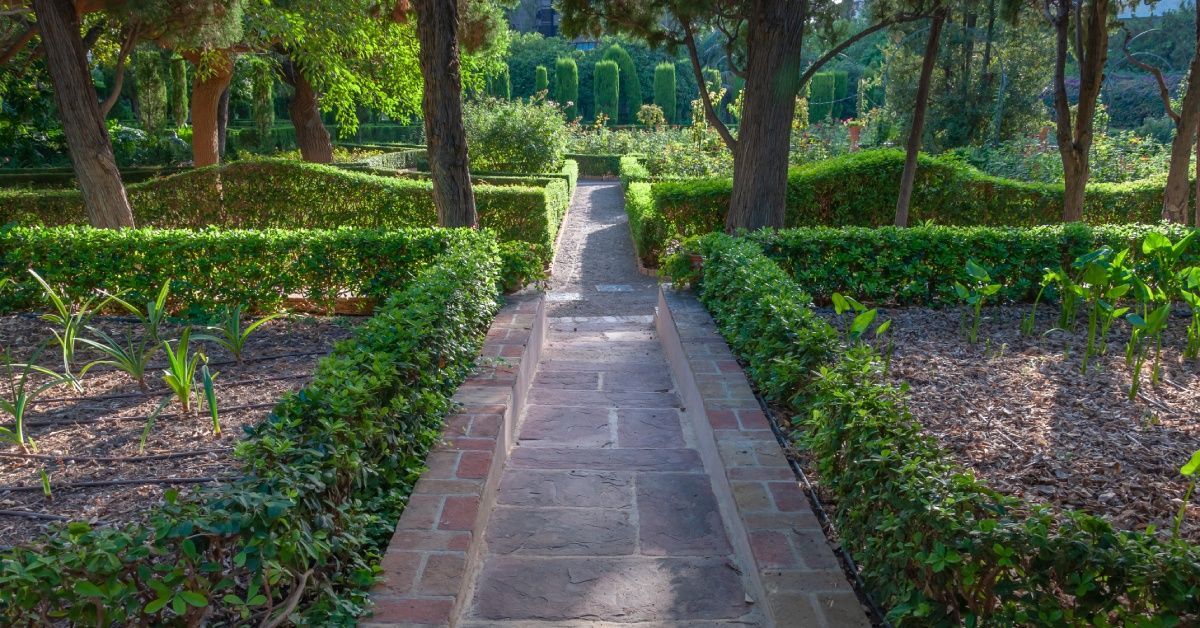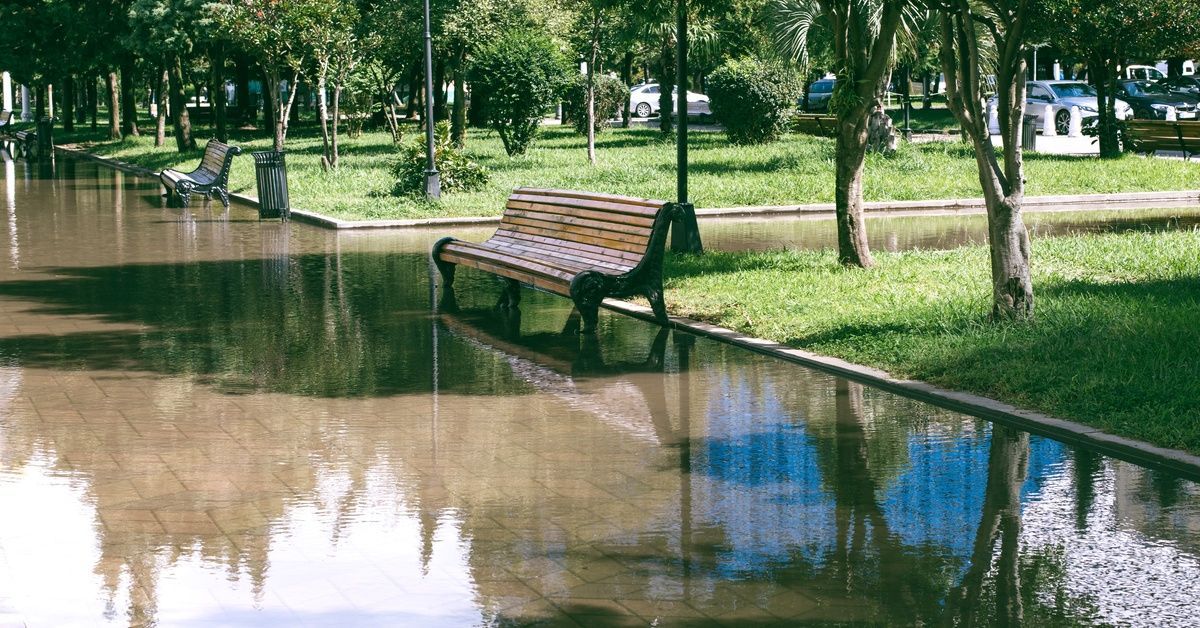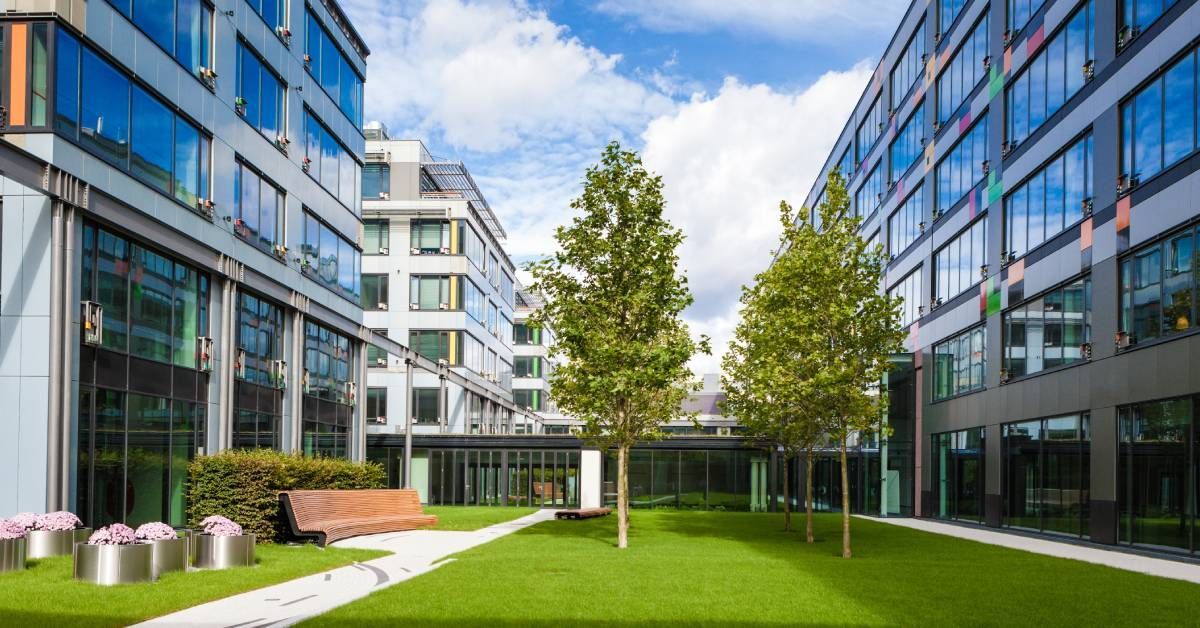7 Ways Permeable Paving Can Improve Tree Health
Urban landscapes often struggle to preserve appealing natural elements that bring some green to the city scene. A critical aspect of urban greenery: tree health. Trees provide aesthetic value, improve air quality, offer necessary shade, and contribute to a region’s ecological balance.
However, helping trees thrive in urban areas is a tremendous challenge, especially when nothing but concrete and other traditional paving systems surround them. Permeable paving is a solution to promote healthier trees in an urban landscape. This blog will discuss seven ways permeable paving can improve tree health.
Enhanced Water Absorption
One of the bigger obstacles to tree health in an urban setting is getting water to the trees’ root systems. The most substantial benefit of permeable paving is its ability to facilitate water absorption. Conventional paving materials, such as concrete and asphalt, are impenetrable. This impermeability results in runoff, flooding, and erosion, depriving trees of the necessary moisture.
Permeable paving materials allow water to pass through the surface and reach the soil below, ensuring the tree roots receive adequate water. Landscape architects create an environment where trees thrive without competing for water resources using permeable paving.
Improved Nutrient Availability
In addition to water, trees require a range of nutrients to grow and remain healthy. While not typically a problem in the wild or a more rural or suburban environment, getting nutrients is another challenge of city living. Trees typically receive their nutrients from the soil, absorbing them through their roots.
However, traditional paving materials prevent essential nutrients from reaching the soil, leading to deficiencies. Permeable paving allows for the natural movement of nutrients through the soil, ensuring trees can access the “food” they need. This flow is particularly important in urban environments with compromised soil quality. Landscape architects and urban planners help improve the availability of nutrition for trees, promoting their overall health and growth by using permeable paving.

Prevention of Soil Compaction
Soil compaction is a common problem in urban areas, especially in areas with heavy foot and vehicular traffic. Compacted soil loses its structure and porosity, making it difficult for tree roots to penetrate and access water and nutrients. Compacted soil also restricts root growth, leading to stunted and unhealthy trees.
Permeable paving prevents soil compaction by distributing the weight of foot and vehicular traffic more evenly across the surface, reducing the pressure on the soil and allowing it to maintain its structure and porosity. Therefore, landscape architects create a more conducive and natural environment for tree root growth and development by using permeable paving.
Promotion of Root Growth
A few more thoughts on roots. Healthy root systems are essential for the overall health and stability of trees. In urban environments, tree roots often struggle to find the space they need to grow and expand. Traditional paving materials create barriers that restrict root growth, leading to shallow and weak root systems.
Permeable paving provides a more flexible and accommodating environment for root growth. The gaps and spaces within the permeable paving material allow roots to grow and spread more freely, promoting the development of strong and healthy root systems. These stronger root systems and an alternative metal tree grate, can support the tree’s health and stability.
Reduction of Heat Stress
Cities, especially heavily paved ones, are often subject to the urban heat island effect, where temperatures are significantly higher than in surrounding rural areas. This effect is due to the extensive use of concrete, cement, and asphalt, which absorb heat during the day and release it at night. High temperatures put additional stress on trees, leading to heat damage and dehydration.
Permeable paving materials are more reflective and less heat-absorbing than traditional paving materials, reducing the surrounding environment’s temperature and alleviating some of the heat stress the trees experience. Therefore, landscape architects who use permeable paving create a cooler and more comfortable environment for urban trees and the people who live around them.
Enhanced Biodiversity
It’s hard to imagine that much wildlife in the city beyond squirrels and birds and other critters. However, there is life underground, and adding permeable paving can help them thrive. Permeable paving benefits tree health, but it also contributes to enhanced biodiversity below ground.
The porous nature of permeable paving creates microhabitats for soil-based animals and other life forms, such as insects, earthworms, and microorganisms. These organisms break down organic matter, improve soil fertility, and maintain a healthy ecosystem. Traditional, impermeable paving creates sterile environments that are inhospitable to these beneficial organisms, whereas permeable options foster a thriving underground ecosystem that lets water and more in.
More underground life and more biodiversity lead to a more hospitable and lovelier environment, turning rigid urban landscapes into greener and livelier ecological spaces.

Stormwater Management
Effective stormwater management has become a significant environmental concern in urban areas challenged by frequent and intense rainfall. As mentioned, conventional paving often leads to sizable water runoff, overwhelming drainage systems, and resulting in flooding. Permeable paving provides a practical solution to these challenges by allowing stormwater to drain directly into the ground.
This solution reduces surface runoff and replenishes groundwater supplies. Additionally, the permeable material naturally traps and filters out pollutants and debris as water filters through its layers, reducing the contamination of local bodies of water. Check with local statutes, building codes, and stormwater runoff regulations for your property. Permeable paving may provide the best solution for dealing with this issue.
Those are just seven ways permeable paving can improve tree health and contribute to the eco-health and beauty of the urban community. Clearly, permeable paving offers a range of benefits. Ready to take your landscape architecture projects to the next level?
Book a consultation with our team today and discover how permeable paving can transform your landscape and other indoor and outdoor layouts and designs. Contact us today if you want to learn more about how permeable paving can help your community and its plant life. We can provide personalized advice and recommendations to help you create a healthier and more sustainable urban environment.
